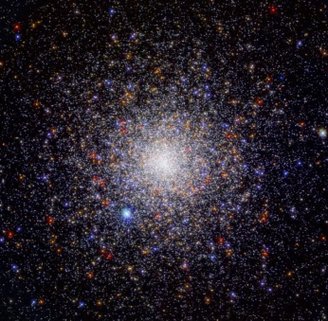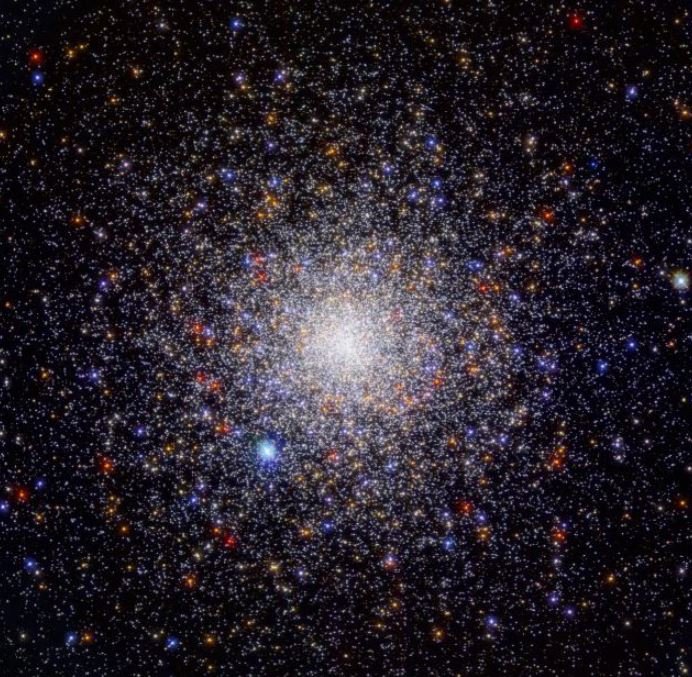A team of astronomers claims to have detected What appears to be the lightest black hole science has ever detected; They haven’t confirmed it’s a black hole yet. So far, scientists have two main hypotheses for the mysterious massive object: Data suggest it could be a black hole or a neutron star. The research was published in the journal Science.
The interesting thing is that confirmation is very important for any of the results. If it is a black hole, it will be the lightest black hole astronomers have ever detected; But if it is a neutron star, it can be considered the heaviest of its kind. The cosmic object has a mass between 2.09 and 2.71 of the mass of our Sun and is located in the desert region of the Milky Way where there are few neutron stars or black holes.
Using data from the MeerKAT radio telescope, the international team of scientists states: The cosmic object orbits a rapidly rotating millisecond pulsar in a globular cluster.
Located 40,000 light-years from Earth, the structure may represent a binary black hole that would enable further tests involving the General Theory of Relativity developed by Albert Einstein.
“Any possibilities regarding the nature of the partner are exciting. A pulsar-black hole system would be an important target for testing theories of gravity and a heavy neutron star. will provide new insights into nuclear physics at very high concentrations” said astrophysicist Ben Stappers of the University of Manchester in England.
Black hole or neutron star?
Be one faint black hole or a massive neutron starAny of the possibilities could help scientists find answers about the cosmos. In the case of a neutron star, scientists can use it to better understand nuclear physics at high densities; Could help with black hole gravity tests.

Currently, scientific knowledge about black holes suggests that the lightest types of objects have masses about five times greater than the Sun; Therefore, the discovery will present the lightest black hole ever detected.
The detection was made during observations of the NGC 1851 star cluster in the constellation Columba. Often stars interact with each other in the region, and this may have happened as well. Scientists suggest that the object under study may have been created by collisions between two neutron stars..
“We’re not done with this system yet. Discovering the true nature of the companion will be a turning point in our understanding of neutron stars, black holes, and anything else that might be lurking in the black hole’s mass space.” Arunima Dutt.
Stay up to date with more astronomy curiosities at TecMundo. If you wish, take the opportunity to understand how earthquakes in neutron stars produce fast radio bursts.
Source: Tec Mundo
I’m Blaine Morgan, an experienced journalist and writer with over 8 years of experience in the tech industry. My expertise lies in writing about technology news and trends, covering everything from cutting-edge gadgets to emerging software developments. I’ve written for several leading publications including Gadget Onus where I am an author.












